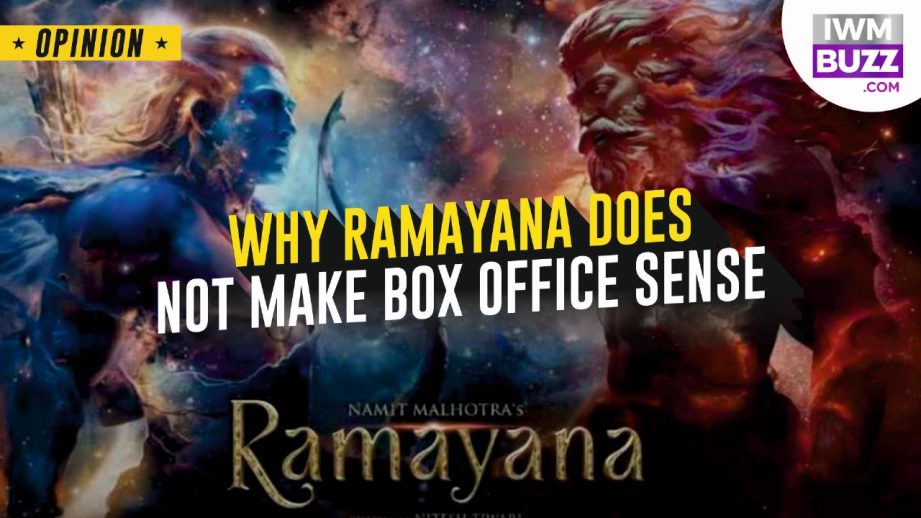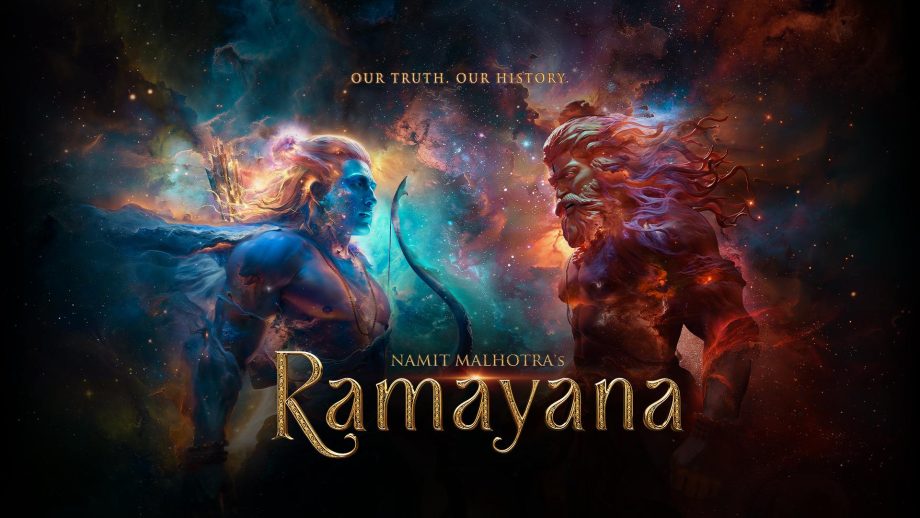
We kind of choked on 4000 crores. The hiccups at this point are just leading to a mass delirium—because how are you making a film on that gigantically galactic budget? That too something so culturally exclusive, a film like Ramayana? No, I am not referring to the left, right & centre philosophies; what I am referring to is rationality. Statistics have not been very kind. We need to examine it from a pragmatic perspective. Let’s have a look at what earlier big banner movies could pull.
Dangal, for instance, rode on a universally resonant theme: women empowerment, sports patriotism, and a father-daughter bond, all wrapped in a very accessible, real-world narrative. It wasn’t culturally exclusive, it was emotionally inclusive. And it did the unthinkable: over ₹2051 crore worldwide, with a modest ₹90 crore budget. You don’t need to strain the numbers; they speak fluently.
Baahubali 2, a mythical fiction set in a fictional land, raked in ₹1814 crore. Why? Because it was a world built from scratch, with no religious footnotes, no real-life iconography to tiptoe around, and no sociopolitical baggage. Its mythos was grand, but still playroom flexible. The film was crafted to be universally thrilling, a fantasy epic, not a cultural dossier.

RRR followed suit, with ₹1288 crore worldwide. Its power lay in cinematic flair, brotherhood, and rebellion, not religious reverence. Even K.G.F: Chapter 2, Pathaan, and Jawan, despite their vastly different genres, knew the mass nerve they were striking. Each of them, including Pushpa 2, surpassed or flirted with the ₹1000 crore mark, with budgets far below what’s being whispered for Ramayana.
But Ramayana is different.
It comes with an army of watchful eyes, every region holding a different version, every sentiment sharper than a critic’s pen. The moment you fictionalize too much, you offend the faithful. The moment you play it too straight; you bore the neutral. There’s no winning middle ground unless you’re impossibly brilliant, and even then, you might just break even emotionally, not economically.
And we must not ignore the cultural exclusivity at the heart of it. Comparing it to something like The Lord of the Rings doesn’t help. Tolkien’s world is a neutral playground, a high-fantasy universe without any real-world spiritual or political sensitivities. Ramayana, on the other hand, is rooted in lived faith, generational beliefs, and vastly different regional interpretations. Not every Indian relates to its characters the same way. Some communities feel distant from its ideology, others interpret its moralities differently, and many simply don’t see their cultural reality reflected in it. That limits resonance, and in a country as diverse as India, limits hurt business.
A ₹4000 crore canvas is not ambition. It is brinkmanship. And in this market, where even the best of the best struggle to recoup ₹1000 to ₹1500 crore, you’re expecting audiences to not just show up, but show up in droves, across every state, every belief system, every language, and somehow generate double what Dangal, Baahubali, or RRR managed combined.
The financial mysticism is giving us a wild ride, therefore.
There’s no denying that the story of Ramayana is monumental. But cinema needs more than sanctity. It needs scalability, accessibility, and most of all, repeat value. A reverential epic isn’t the same as a mass entertainer. Theatres run on popcorn and applause, not reverence and moral conflict. And unfortunately, no matter how majestic the sets or noble the intent, if the cultural code gets even a hairline fracture, the backlash will not be cinematic. It will be civilizational.
Before we count the crores, maybe we need to count the cracks.
